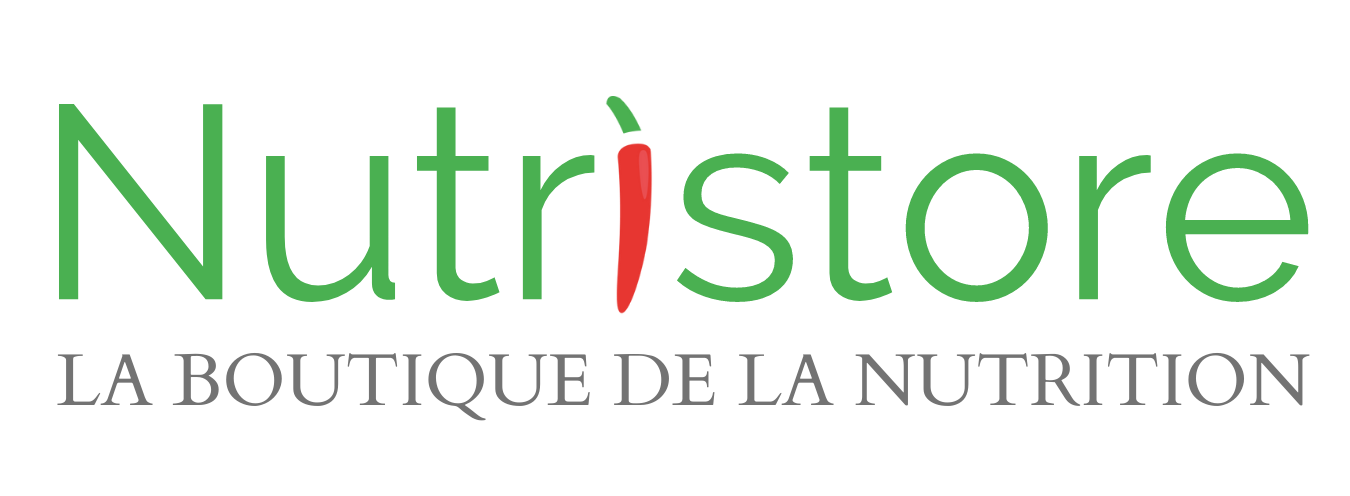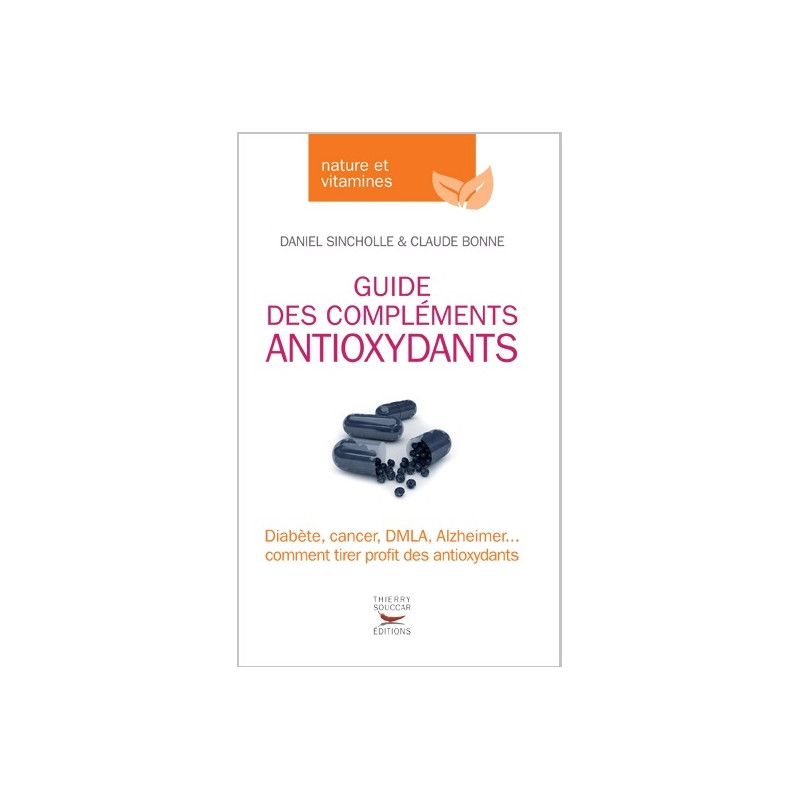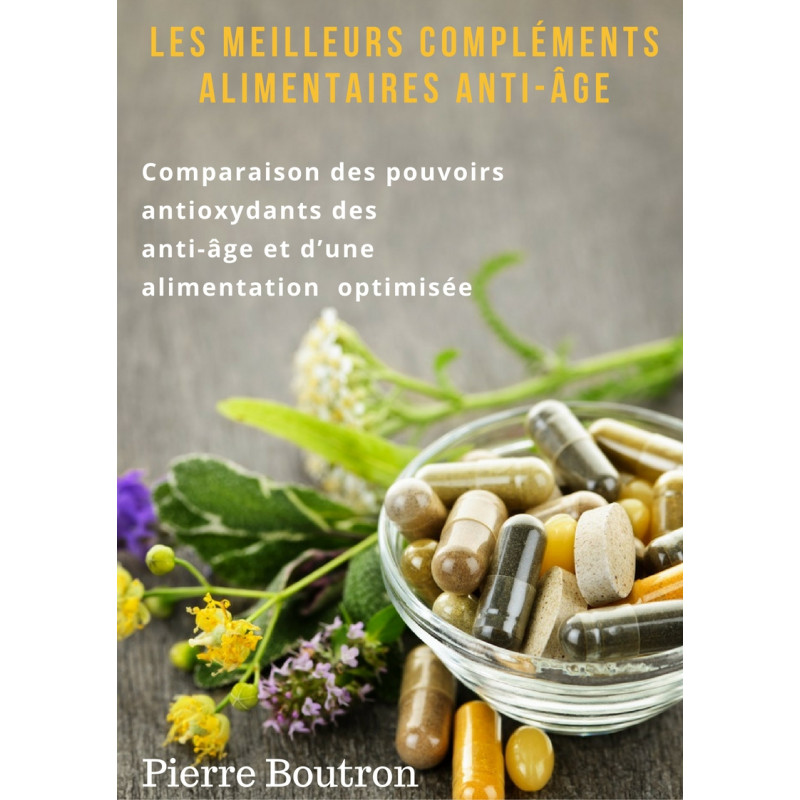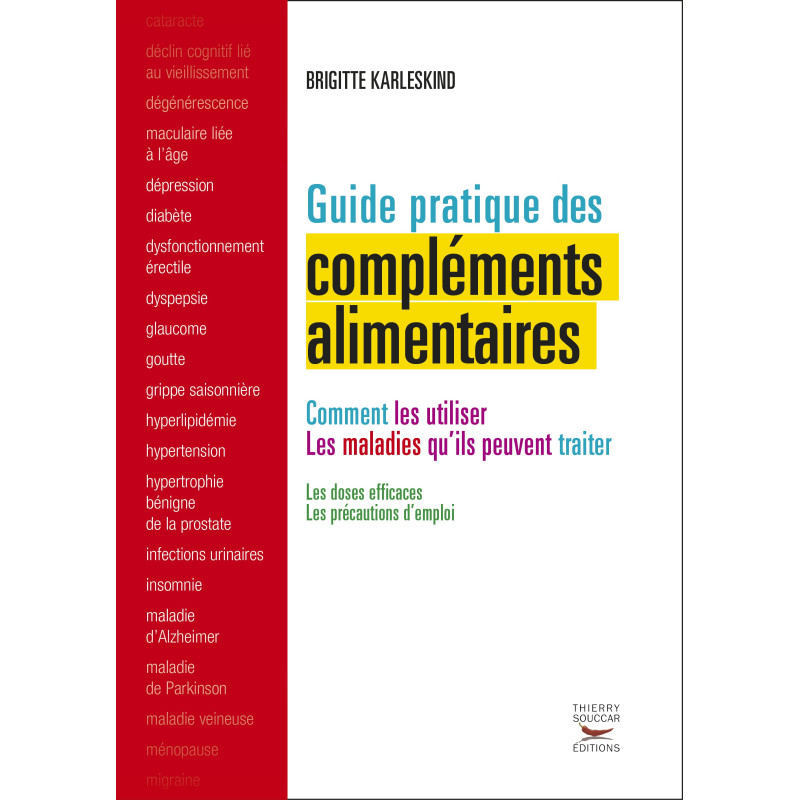À Okinawa ou en Sardaigne, certains facteurs semblent améliorer l'espérance de vie : alimentation pauvre en viande, activité physique et interactions sociales.


Comment savoir si on a un stress oxydatif ? Quels dosages biologiques ? Quelles sont les valeurs normales ? En quoi nous renseignent-elles sur notre santé et notre risque de maladie ? Dossier complet.
« L’une des causes du vieillissement », dit le Pr Jeffrey Blumberg (Université Tufts), « c’est que des molécules très réactives en excès abîment à chaque instant nos molécules les plus vitales. » Ces molécules très réactives, on les appelle communément radicaux libres, mais pour...
Retrouvez la suite de votre article en vous connectant à votre espace personnel.
Je m'identifieAccédez à des articles et conseils exclusifs en vous abonnant pour seulement 39 € / an.
Je m'abonneLes meilleurs livres et compléments alimentaires sélectionnés pour vous par NUTRISTORE, la boutique de la nutrition.
Découvrir la boutique





À Okinawa ou en Sardaigne, certains facteurs semblent améliorer l'espérance de vie : alimentation pauvre en viande, activité physique et interactions sociales.

En 1935, Clive McCay réussit à allonger la vie de rats en réduisant leur consommation. C’est le point de départ de la recherche sur le vieillissement. LaNutrition.fr fait revivre les circonstances de cette formidable découverte.

En 122 ans, l’espérance de vie à la naissance en France a progressé de 37 ans chez les filles et de 42 ans chez les garçons.